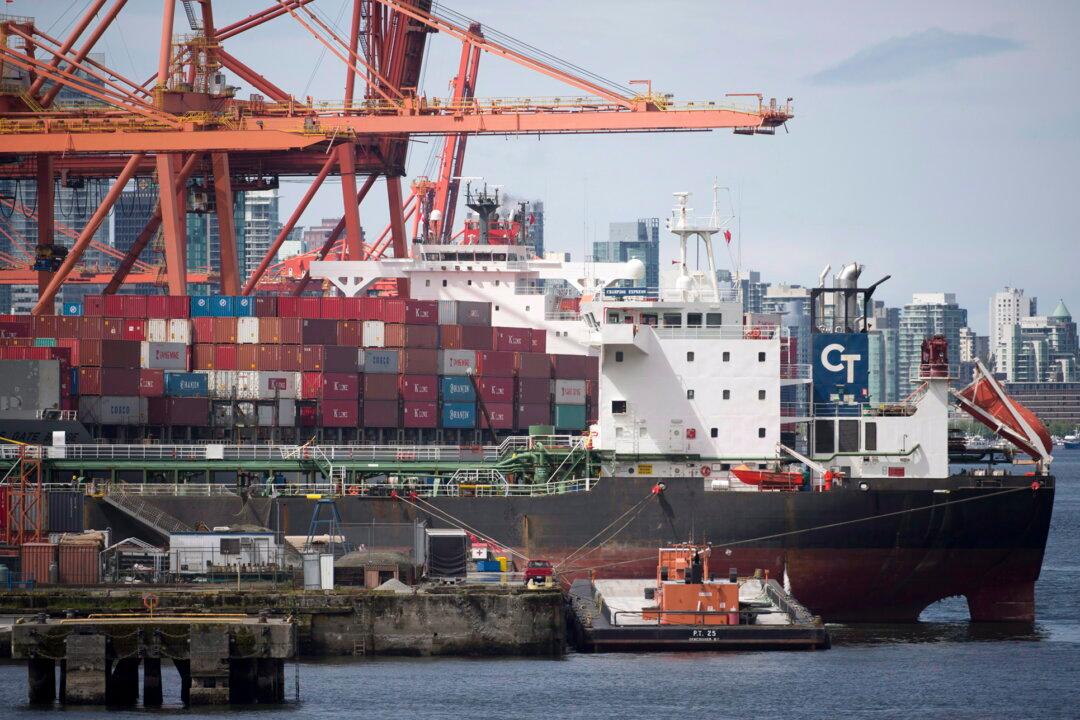For all its talk about equality, the Canadian federal government falls short on securing economic opportunities for all provinces. The current boundaries of Alberta and Saskatchewan perpetuate an unfair lack of coastal land and should be redrawn to foster growth, as argued in a recent paper by economist Gerard Lucyshyn, “Tide-Water Access: Redefining Canada’s Internal Boundaries.”
Access to tide waters, namely a seacoast, is essential for international trade and economic development. International treaties and customary law have historically recognized the right of landlocked countries to tide-water access in some way or another. Having to rely on a neighbour’s goodwill to get products abroad undermines autonomy and increases political interference in the economy.
